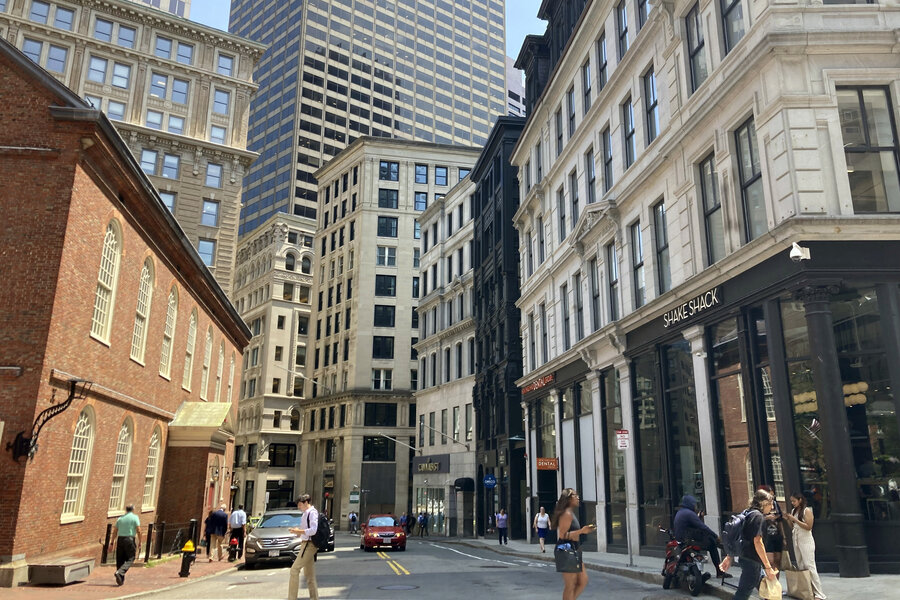Washington's fix for empty downtown offices? Convert them to housing.
Loading...
| Washington
The Biden administration is launching a multi-agency effort to encourage states and cities to convert more empty office buildings into housing units, with billions of federal dollars available to help spur such transitions.
The new initiative, announced Friday morning, involves the departments of Housing and Urban Development and Transportation, along with the General Services Administration and the Office of Management and Budget in a multi-pronged effort to address both the national shortage of affordable housing and the post-pandemic surplus of vacant office buildings.
“This presents an area of opportunity to both increase housing supply while revitalizing main streets. It’s a win-win,” said Lael Brainard, director of the National Economic Council. “We’re utilizing resources from across the government.”
Several of the new measures will be designed to specifically encourage the creation of new affordable housing units near transportation hubs like bus terminals and subway stations. Secretary of Transportation Pete Buttigieg said his department will issue new guidance to states and municipalities on how to access funding through a pair of federal programs – the Transportation Infrastructure Finance and Innovation Act and Railroad Rehabilitation & Improvement Financing.
Mr. Buttigieg said that “over $35 billion in lending capacity” will be made available to provide below-market rate loans to finance both new housing construction and office conversions near transportation hubs.
“These downtowns and central business districts ... are already designed and oriented around public transit,” Mr. Buttigieg said. “Our intention is to make the most of this opportunity to add more housing near transit in ways that not only reduce the cost of housing but also reduce the cost of transportation.”
The Department of Transportation is also releasing new guidance to make it easier for transit agencies to transfer unused properties or buildings to local governments or nonprofit organizations for conversion into affordable housing. Mr. Buttigieg said buildings “like an underutilized storage facility” could also be transferred to private developers at below-market prices, provided that those developers commit to including a negotiated percentage of affordable housing units.
In addition, the GSA will work with the Office of Management and Budget to identify surplus federal properties that could similarly be transferred for development into affordable housing units.
The White House is also releasing a Commercial to Residential Federal Resources Guidebook with over 20 federal programs across six federal agencies that can be used to support conversions. These programs include low-interest loans, loan guarantees, grants, and tax incentives for developers.
Cities across the country have struggled to cope with half-empty downtown business districts. Many businesses have embraced a hybrid work from home model with employees coming to the office two or three days a week.
“The pandemic really changed the patterns of how many Americans live and work,” Mr. Buttigieg said.
With fewer employees working from the office, many businesses have abandoned large offices, leaving some downtown property owners struggling with half-empty buildings and city governments struggling with shrinking tax revenue.
The trend may actually be continuing even after the end of the pandemic, as businesses are waiting until long-term leases expire and then drastically shrinking the amount of floorspace they occupy. Multiple municipal governments have embraced the idea of office-to-housing conversions, offering tax incentives to developers to help subsidize the often-prohibitive costs of such changes.
Deputy HUD Secretary Adrianne Todman said the new package of initiatives is designed to “really supercharge” that office-to-housing conversion effort across the country.
This story was reported by The Associated Press.





